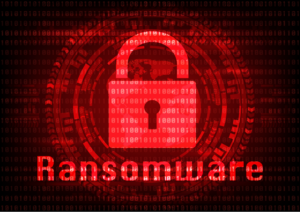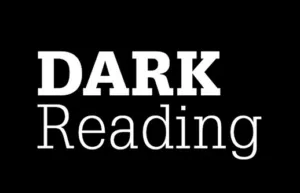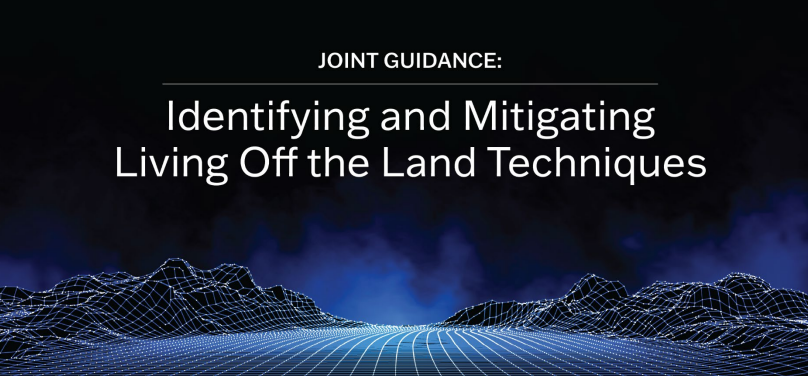WARNING: Ransomware Attacks on U.S. Schools

In recent years, the unsettling increase in ransomware attacks targeting U.S. schools has become a matter of grave concern. Educational institutions are finding themselves ensnared in the web of cybercriminal activities, and the repercussions are both immediate and long-lasting. This essay aims to explore why schools have become such vulnerable targets and offers actionable steps they can take to fortify their defenses.
Why Schools Are Prime Targets
Schools often find themselves at the receiving end of ransomware attacks for several reasons. First and foremost, their cybersecurity measures are generally less robust compared to those in the corporate or governmental sectors. Budget limitations often relegate cybersecurity to the back burner, resulting in outdated systems and lackluster protective measures. Secondly, schools store a wealth of sensitive information, ranging from student records to financial data, making them lucrative targets for cybercriminals who know that the stakes for schools are high.
Why School Systems Make Great Targets
U.S. school districts have increasingly become prime targets for ransomware attacks, and there are several factors contributing to this unfortunate reality. First and foremost, many school districts operate with limited budgets, which often means that cybersecurity measures are not prioritized. This results in outdated security systems and software that are easier for cybercriminals to exploit.
Secondly, the nature of the information stored by schools makes them particularly attractive targets. From student records and grades to faculty information and financial data, the databases are a treasure trove of sensitive information. Cybercriminals are well aware that the urgency to protect this data may compel educational institutions to pay ransoms quickly, making them lucrative targets.
Another contributing factor is the decentralized IT environment commonly found in educational settings. With multiple users, including students, teachers, and administrative staff, accessing the network from various devices, the potential points of entry for malware are numerous. This makes it challenging to monitor and secure every single device, thereby increasing the vulnerability of the system as a whole.
Additionally, the lack of cybersecurity education and awareness among staff and students exacerbates the problem. Phishing scams, which are often the entry point for ransomware, are more likely to succeed in an environment where users are not trained to recognize and avoid malicious links or attachments.
In summary, U.S. school districts are prime targets for ransomware attacks due to a combination of limited cybersecurity resources, the sensitive nature of the data they hold, a decentralized IT structure, and a general lack of cybersecurity awareness. These factors create a perfect storm, making schools low-hanging fruit for cybercriminals.
Proactive Measures for Schools
In the face of rising ransomware threats, schools can take several proactive measures to bolster their cybersecurity defenses. One of the most fundamental steps is education and awareness. Both staff and students should be trained to recognize phishing emails, suspicious links, and other common cyber threats. This human firewall can often be the first line of defense against ransomware attacks.
Secondly, schools should prioritize regular software updates and patches. Outdated software is a significant vulnerability that attackers can exploit. By keeping all systems up-to-date, schools can close off many potential entry points for malware. Multi-factor authentication (MFA) should also be implemented wherever possible, adding an additional layer of security that makes it more challenging for unauthorized users to gain access to sensitive systems.
Thirdly, schools should invest in robust backup solutions. Regular backups of all critical data should be made and stored in a secure, off-site location. These backups should be tested frequently to ensure they can be restored successfully. In the event of a ransomware attack, having a reliable backup can be the difference between a quick recovery and a prolonged, costly outage.
Network segmentation can also be an effective strategy. By isolating different parts of the network, schools can prevent an attacker who gains access to one area from easily moving to another. This can limit the damage and make it easier to isolate and remove the ransomware.
Lastly, schools should consider conducting regular cybersecurity audits to identify vulnerabilities and assess the effectiveness of current security measures. These audits can provide valuable insights into areas for improvement and help schools stay one step ahead of cybercriminals. By adopting these measures, schools can significantly mitigate the risks associated with ransomware attacks.
What Can Be Done?
Although it’s not a new issue, many school boards still do not have the budget to address this threat. While this is certainly short-sighted, it’s also often a matter of budget. To address that, the US Government makes both training and grants available to districts to address this growing need. There are also free tools available in the market from companies like CloudFlare, Google, Microsoft, and Amazon Web Services.
The safety of our educational institutions is not just an IT issue; it’s a community issue that requires immediate attention. The future of our children and the sanctity of our educational systems depend on it.
Paul Bergman runs a business strategy and cybersecurity consulting company in San Diego. He writes on cybersecurity and board management for both corporate and nonprofit boards.
- The Imperative for Cyber Talent on Corporate Boards - March 29, 2024
- Talking CMMC preparation - March 12, 2024
- Protecting Your Business: Strategies to Combat DNS Attacks - February 20, 2024


